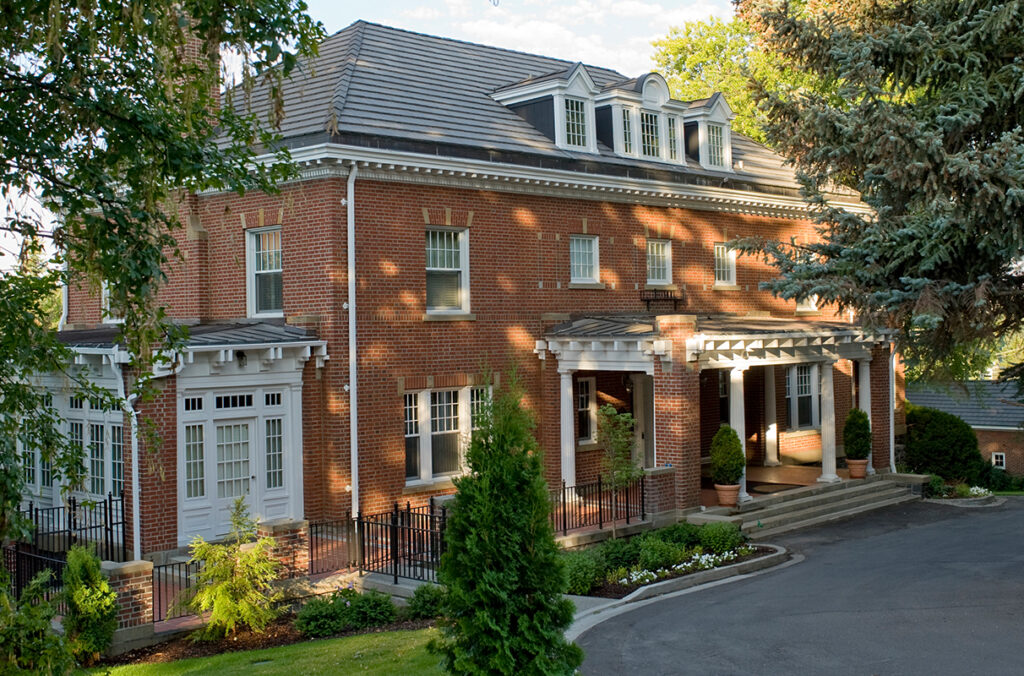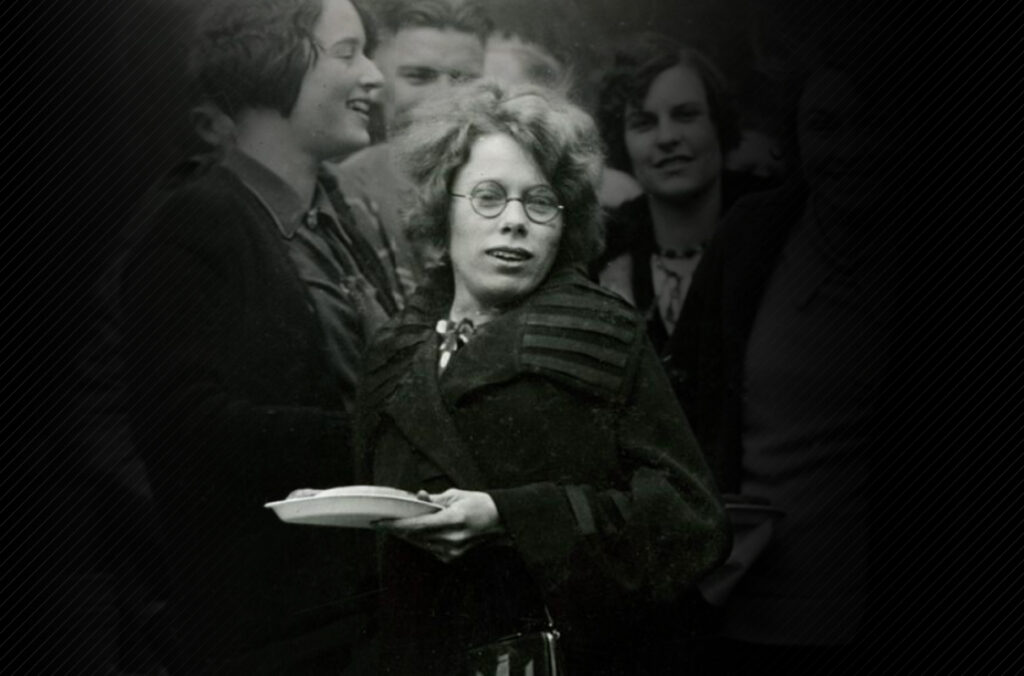Open Access Book on Ida Lou Anderson House Now Available

An open access book on the history of Washington State College faculty member Ida Lou Anderson and the house that bears her name is now available on the Research Exchange.
The historic College Hill home in Pullman that for a century served as the university president’s residence was renamed in 2022 and dedicated last June in Anderson’s honor. She taught at WSC from 1926 until 1939 and was among the most influential college faculty, counting among her numerous mentees the eminent broadcast journalist Edward R. Murrow.
Titled “The Ida Lou Anderson House: A Personal, Social, and Architectural History,” the book is written by Trevor Bond, WSU Libraries’ associate dean of digital initiatives and special collections; Mark O’English, university archivist; and J. Philip Gruen, WSU architecture professor. It details Anderson’s life, the WSC campus in the 1920s and 1930s, and the development of campus architecture.
“I hope readers get a sense of campus in the 1920s and 1930s and the struggles and brilliance of Professor Anderson’s teaching and engagement. She inspired so many during her short life,” Bond said.
Mentor to a struggling student
Born Nov. 6, 1900, Anderson endured the lingering effects of polio she contracted at age 9. She nearly dropped out of WSC her first semester in 1920 because “she felt so ostracized” by people who reacted to her appearance, Bond wrote. But everything changed when a new head for the WSC drama and speech department, Nathaniel E. Reeid, arrived.
He recognized Anderson’s exceptional oratorical talents and her love of poetry. Her sister, Bessie Roe, recalled that Professor Reeid saw beyond Anderson’s physical limitations and cast her in all drama productions, even selecting plays that would provide parts she could perform successfully.

“Just as Professor Reeid helped the student Ida Lou Anderson to reach her full potential, so too did Professor Anderson teach, encourage, and mentor hundreds of students,” Bond wrote.
A campus poised for new technology
In 1920, the WSC campus was quiet, having endured World War I and the Spanish influenza pandemic, according to O’English. A recession that followed the war curtailed campus construction; only one new WSC building, McCroskey Hall, had been funded by the state since 1913. But the end of the Great War also brought a population boom to the college, one which neither WSC nor the city were prepared for.
Anderson stayed active and involved as a student, serving as a McCroskey dorm historian, McCroskey president, Mask and Dagger (campus theatre students’ group) president, and more. She also joined and moved into the Pi Beta Phi sorority and participated in various academic clubs—the Eurodelphian Literary Society, Mortar Board, Women’s League scholarship committee, and the YWCA social committee.
Then in 1922, the college and Pullman were introduced to radio. By the end of the year, WSC had its own broadcasting station.
“Suddenly students could hear music, theatre, news, and educational information from far away…they could reach out themselves to others across the region,” O’English wrote. “In the course of one year, the campus connected live to the rest of the world, or at least the region.”
‘Sparking a movement back towards home’
An enduring architectural image of campus is the collection of red-brick Georgian Revival buildings of the early-20th century. The Ida Lou Anderson House, designed by Rudolph Weaver, is the most exquisite and oldest surviving example, according to Gruen.
The architecturally consistent buildings, many of which were residential halls, helped psychologically secure the campus from the vagaries of the outside world, Gruen wrote. They brought a sense of protection and domesticity to the remote, rural American West.
“The Ida Lou Anderson House…thus could be understood as sparking a movement back towards home as it launched campus architecture in a more familiar and regular direction,” Gruen said. “My hope is that readers will recognize the power of design in conveying meaning. I want readers to be curious about why that design was chosen for a president’s house and on a campus that really had little legacy in that design tradition at that time. But by the 1930s, it had become the dominant mode—and still characterizes the core of the campus.”